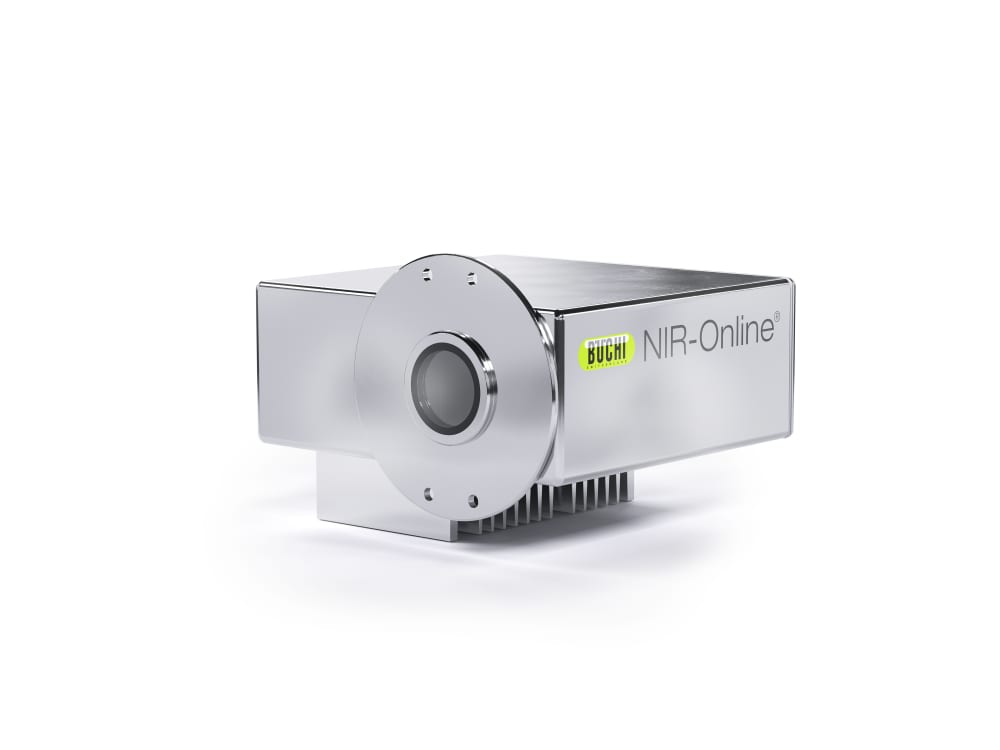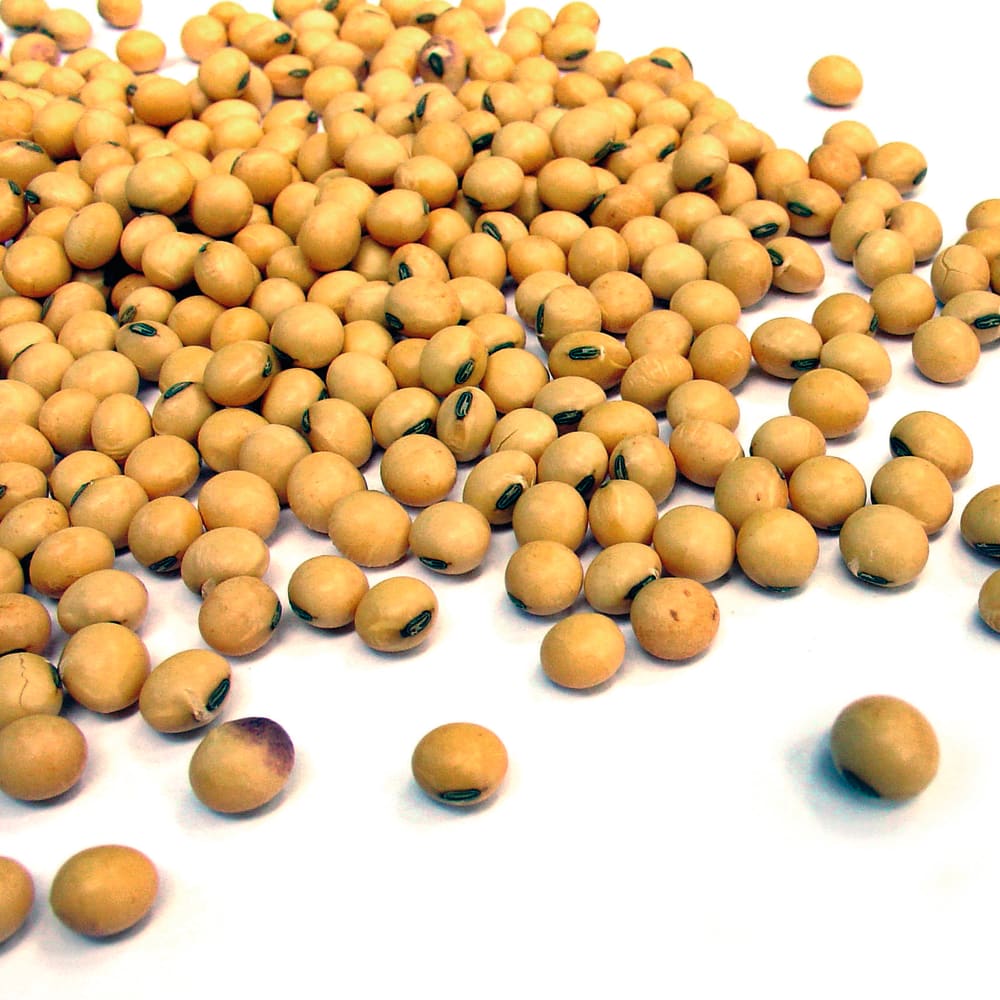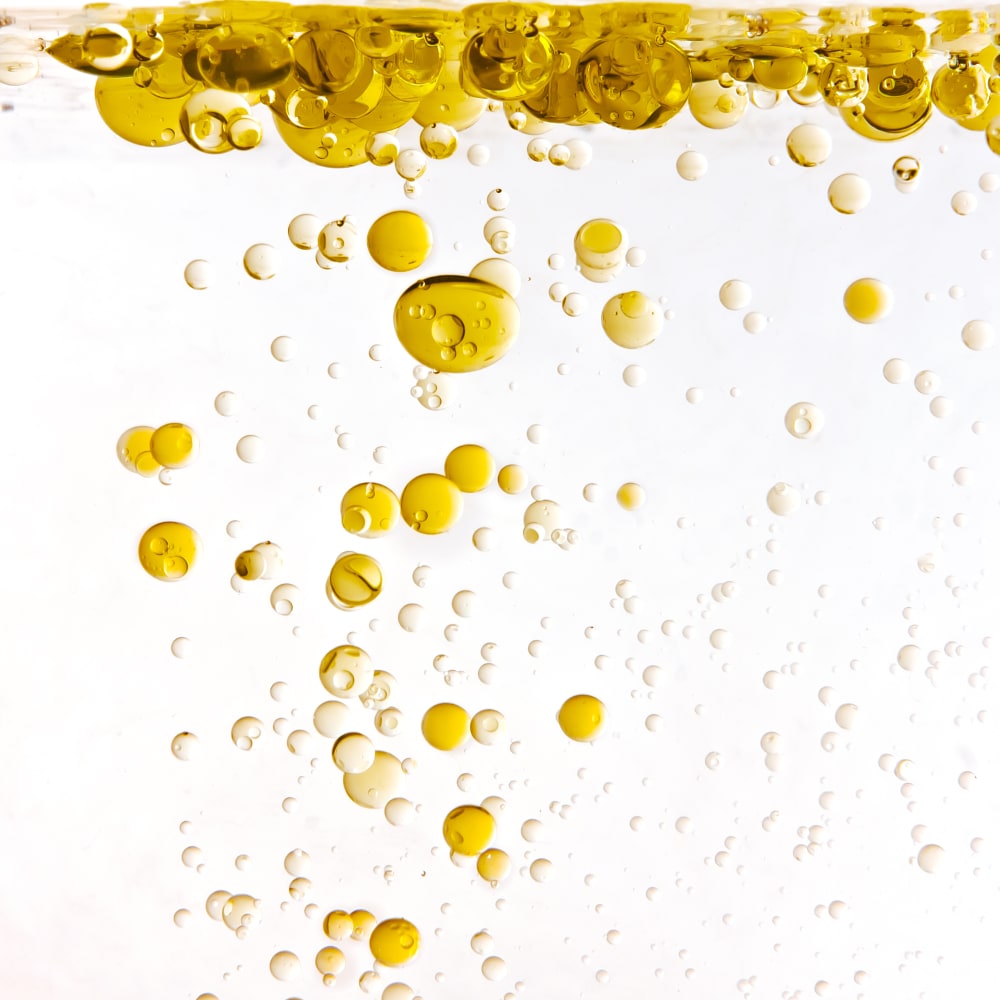Monitoring Lecithin Composition with NIR
BUCHI NIR-Online® sensors: Determination of Moisture, Oil Content, and Acid Value in Lecithin

NIR spectroscopy is a powerful analytical technique widely used in the quality control of lecithin, a common phospholipid-based emulsifier used in various food, pharmaceutical, and cosmetic products.
In the context of lecithin quality control, NIR spectroscopy can accurately determine key parameters like moisture, oil content, or acid value as well as other critical quality attributes. The technique is advantageous due to its speed, simplicity, and ability to analyze multiple parameters simultaneously, reducing the need for extensive sample preparation and minimizing wastage.
NIR spectroscopy can be employed as a reliable tool to assess the quality and authenticity of lecithin batches, ensuring consistent product performance and meeting regulatory standards. Its application in the industry enhances process efficiency, reduces costs, and ultimately improves the overall product quality.
Find out how NIR-Online sensors can be used to adjust process parameters in this application note.
S'inscrire pour télécharger
Instruments correspondants
Applications similaires
Monitoring the Degumming Step of Crude Oils
The implementation of a BUCHI NIR-Online® process sensor after the degumming step provides full quality control of degummed oil. Within milli-seconds, different parameters such as phosphorus, moisure or free fatty acids, are continuously, simultaneously, and accurately measured with NIR.
Guide complet de l’analyse de l’alimentation
Ce guide présente un résumé complet de la façon dont le proche infrarouge (NIR) et les méthodes de référence, telles que l’extraction de matières grasses et la méthode Kjeldahl de détermination des protéines, sont utilisés à chaque étape de la chaîne de transformation des aliments. Vous aurez ainsi un aperçu détaillé des techniques, notamment la préparation d’échantillons, les dispositions réglementaires, le dépannage, les questions fréquemment posées (FAQ) et les études propres à un cas.









